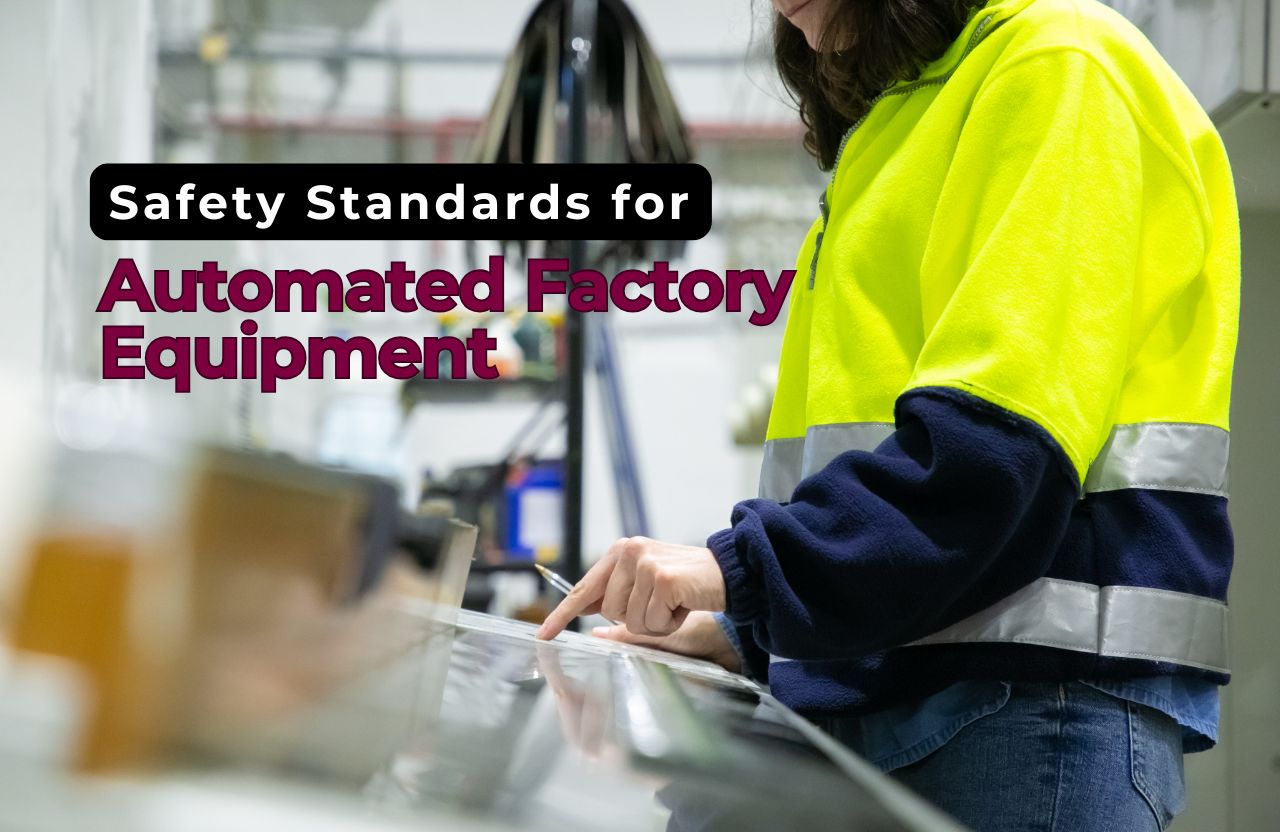The investment landscape is shifting, and one of the most intriguing new players is lab-grown gold. Traditionally, gold has been a safe-haven asset, a hedge against inflation, and a symbol of wealth. However, with sustainability and technological advancements taking center stage, lab-grown gold is emerging as a serious alternative to mined gold. In 2025, forward-thinking investors are turning their attention to this innovation, betting big on its potential to revolutionize the precious metals industry. But what makes lab-grown gold so special, and why should you consider investing in it?
What is Lab-Grown Gold?
Lab-grown gold, also known as synthetic or cultivated gold, is created using advanced metallurgical and chemical processes that replicate the natural formation of gold. One of the leading methods is precipitation from a chemical solution, where gold is synthesized atom by atom, resulting in 99.99% pure gold that is identical to naturally mined gold in composition and properties.
Why Investors Are Taking Notice
1. Sustainability and Ethical Sourcing
Traditional gold mining has long been associated with environmental destruction, high carbon emissions, and unethical labor practices. In contrast, lab-grown gold offers a cleaner, more sustainable alternative. Since it does not require large-scale mining operations, it drastically reduces environmental degradation. Investors focusing on ESG (Environmental, Social, and Governance) investing see lab-grown gold as a game-changing asset that aligns with the future of responsible investing.
2. Cost-Effective and Scalable
Mining natural gold is expensive and limited by geographical constraints. Lab-grown gold production, however, is cheaper, more predictable, and scalable, reducing overall production costs. As technology advances, economies of scale will make synthetic gold even more competitive, potentially driving gold prices lower while increasing accessibility.
3. Quality and Purity
One of the most significant advantages of lab-grown gold is its absolute purity. Unlike mined gold, which can contain trace elements and impurities, synthetic gold is refined to perfection, making it ideal for high-tech applications, jewelry, and financial investments.
4. Technological Integration in Industries
Gold is a critical component in electronics, aerospace, and medical devices. With lab-grown gold offering a stable supply and superior purity, industries are rapidly adopting it for semiconductors, nanotechnology, and advanced medical treatments. Investors see this as an opportunity for massive industrial adoption, increasing the demand for synthetic gold.
5. Growing Consumer Demand for Ethical Jewelry
The jewelry industry is witnessing a shift towards lab-grown diamonds and gemstones, driven by ethical concerns. Now, a similar trend is happening with lab-grown gold, with major jewelry brands incorporating it into their collections. This demand surge further strengthens the case for lab-grown gold as a high-growth investment opportunity.
Market Trends: Where Is Lab-Grown Gold Headed in 2025?
- Investment-grade synthetic gold ETFs: As lab-grown gold gains legitimacy, we may see the introduction of ETFs and investment funds focused on synthetic gold assets.
- Integration in central banks and reserves: Some analysts predict that central banks might start accepting lab-grown gold as part of their reserves.
- Regulatory acceptance and standardization: Governments and financial institutions are likely to develop standardized frameworks to regulate and authenticate synthetic gold.
- Blockchain-backed gold certificates: To build trust in synthetic gold investments, companies are exploring blockchain technology for transparent and secure ownership verification.
Challenges and Risks to Consider
While lab-grown gold presents numerous opportunities, there are challenges investors should be aware of:
- Market acceptance and trust: Traditional investors may take time to fully embrace synthetic gold as an equivalent store of value.
- Price volatility: Since lab-grown gold is new, its pricing mechanisms are still evolving and may experience fluctuations.
- Regulatory hurdles: Governments may impose strict regulations on synthetic gold trade and certification to prevent counterfeiting and fraud.
How to Invest in Lab-Grown Gold
If you’re considering adding lab-grown gold to your investment portfolio, here are some ways to do it:
- Stock Investments: Invest in publicly traded companies specializing in synthetic gold production and technology.
- ETFs and Funds: Look for ETFs that may include lab-grown gold assets in the near future.
- Direct Purchase: Buy lab-grown gold bullion, bars, or jewelry from certified manufacturers.
- Venture Capital and Startups: Invest in startups developing cutting-edge synthetic gold technology.
- Industrial Partnerships: If you run a business in jewelry, electronics, or manufacturing, securing partnerships with lab-grown gold suppliers can provide a competitive advantage.
Conclusion: A Golden Opportunity?
The rise of lab-grown gold is not just a trend; it’s a technological and economic shift poised to disrupt the gold industry. For investors looking ahead to 2025 and beyond, synthetic gold presents an exciting opportunity to diversify their portfolios while supporting sustainability and innovation. As market acceptance grows and industries integrate synthetic gold into their supply chains, early investors stand to gain substantial returns. The question is no longer if lab-grown gold will become mainstream—but when.
Are you ready to invest in the future of gold? Now might be the perfect time to explore the golden potential of lab-grown gold!












